Diploma in Cloud Computing (DCC)
Institute Of Future Analytics
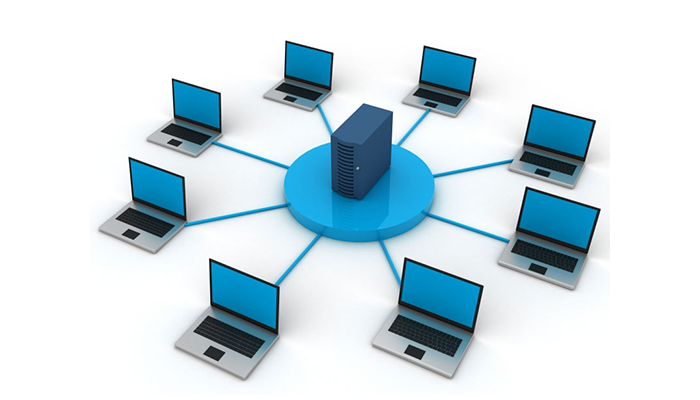
Networking Fundamental
An Introduction to Networking
Network Hardware
Transmission Basics and Networking Media
Topologies and Ethernet Standards
Networking Standards and the OSI Model
Introduction to TCP/IP Protocols
IP Addressing
Network Operating Systems
Network Security
Network Setup & Troubleshooting Network Problems
What is Windows?
Different Versions of Windows
Windows vs. Linux vs. MAC
Oracle Virtual Box
Installing Oracle Virtual Box
Creating First Virtual Machine
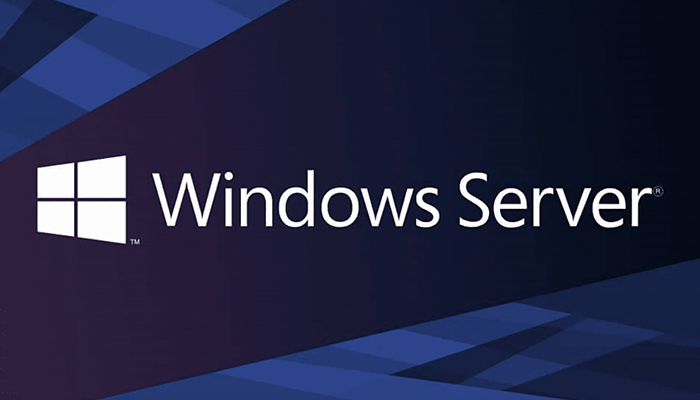
Windows Server Administrator
Different Ways to Install OS
Downloading Windows Server 2016
Installing Windows Server 2016
Basic Configuration
Domain Controller and Active Directory
Active Directory Prerequisites & installation
Active Directory “Users and Computers“
Joining the Domain from Windows 7 and 10
DNS Administration
Web Server (IIS) Installation
Network Load Balancer
DHCP
What is Computer Storage?
Type of Computer Storage
How to Add Disk
Extend an Existing Disk
Windows Backup and Restore
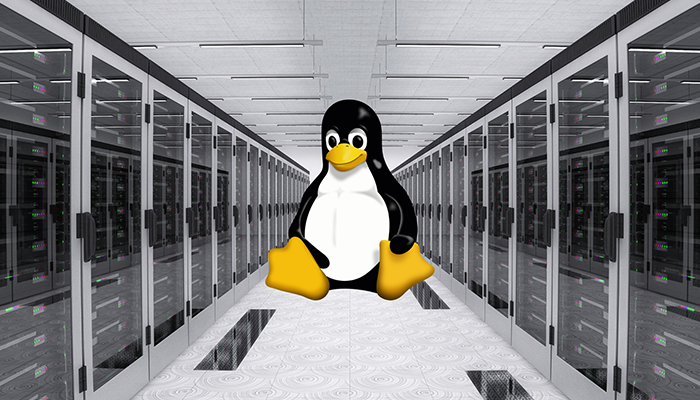
Linux Server Administrator
What is Linux?
Feature of Linux
Future of Linux
Installing Linux
Linux Desktop Environments
Using the GUI
Using Linux Commands
Getting Help
Vi editor
Vim editor
Gedit
Adding Deleting and Modifying User Accounts
Adding Deleting and Modifying Group Accounts
RPM
YUM / DNF
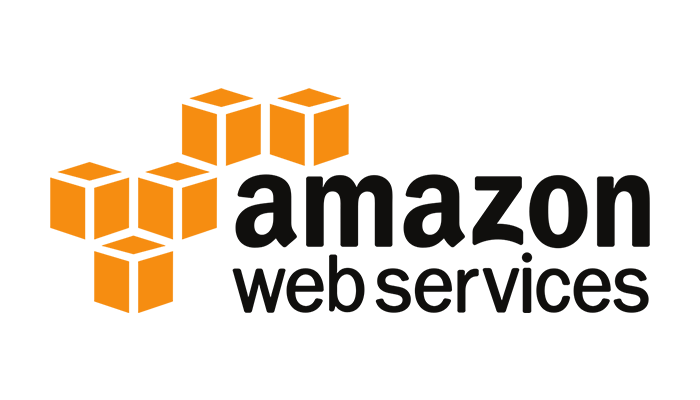
Amazon AWS
Introduction to Cloud Computing
Cloud Environment Architecture
Cloud Computing Models
Introduction to Amazon Web Services
AWS Global Infrastructure
Introduction to Network Switches & Virtual Private Cloud
VPC & Subnets
Internet Gateways, VPC Peering & NAT Gateways
IP Addressing in AWS
Understanding AWS Security Groups
Launching our first EC2 instance
EC2 instance types & Pricing Models
Introduction to Block & Object storage mechanism
Introduction to Elastic Block Store – EBS
EBS Snapshots
EBS Volume Types
Instance Store Volumes
Introduction to Simple Storage Service (S3)
Features of S3
Understanding High Availability Configuration
ELB Configuration
Auto Scaling
Identity & Access Management
Understanding the IAM Policies
IAM User, IAM Policy and IAM Role
Introduction to Relational Databases
Creating our first database structure in MySQL
Getting started with Dynamo DB
Introduction to DNS
Understanding DNS Records
Introduction to Route53
Introduction to Message Brokers
Understanding SQS
Understanding Simple Notification Service (SNS)
Understanding Cloud Watch
Auditing AWS environment with Cloud Trail
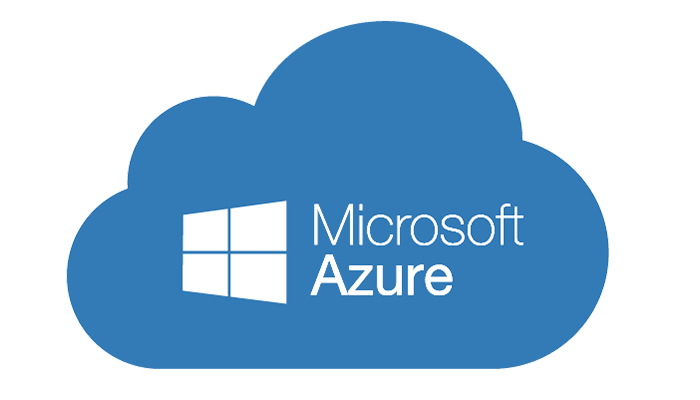
Microsoft Azure
Storage Account
Storage Account Replication Techniques
Protocols and Consistency Model
Type of Azure Storage Account
Storage Services Blob, Table, queue, File
Azure CDN Services, Managed and Unmanaged Disk
Introduction to Azure
Different segments SaaS, PaaS, and IaaS
Azure Regions and Data Centres
Introduction to all Azure services
Windows Azure Subscription
Setting Up a Trial Subscription
Operating System Images Supported
Virtual Machine instances
Azure VM types and Pricing
Types of Provisioning
Disks & Images
Virtual Machine management, automation and scripting
Cloud Service and Resource Model Deployment
Setting up VM in Availability set using Load Balanced
VM Availability using Availability Sets
Introduction to Azure Virtual Network and Services
Types of Azure Virtual Network VNET to VNET, point-to-site and site-to-site, Express Route
Creating Virtual Networks in Azure
Azure Subnet and IP ranges
Endpoints
Load Balancing Endpoints
Understanding Network ACL and Network Security Group
Introduction to Azure Traffic Manager
Available options in Azure Traffic Manager
Understanding of Deployment Traffic Manager
App Service Overview
App Service monitoring overview
Web Role and Worker Role
Azure Vaults
Configuring backups
Data Protection Manager
Azure Site Recovery and Disaster Recovery
On Premise Migration using Recovery Services
Server less Computing, Functions and Logic Apps
App Settings
Deployment Slots
Introduction to Azure Container Service
Overview of Containers
Introduction to Azure Container Registry
Azure Kubernetes Services
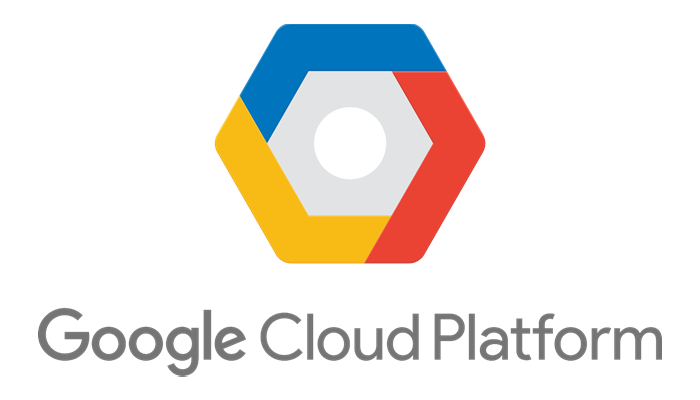
Google GCP
Google Cloud Platform (GCP) Infrastructure
Using GCP
Virtual Private Cloud (VPC), Projects,
Networks, Subnetworks, IP addresses,
Routes, Firewall rules
Subnetworks for resource management instead of physical network topology
Compute Engine
Lab: Creating Virtual Machines
Compute options (vCPU and Memory)
Images
Common Compute Engine actions
Organizations, Roles, Members, Service, accounts, Cloud IAM best practices
Cloud Storage
Cloud SQL
Cloud Spanner, Cloud Data store
Cloud Big table
Cloud Resource Manager, Quotas, Labels, Names, Billing
Demo: Billing Administration
Stack driver, Monitoring
Logging, Error Reporting, Tracing, Debugging
Cloud Virtual Private Network (VPN)
Cloud Router, Cloud Interconnect, External Peering, Cloud DNS
Managed Instance Groups, HTTPS load balancing, Crossregion and content-based load balancing, SSL proxy/TCP
proxy load balancing, Network load balancing
Auto scaling, Policies, Configuration
Lab: Auto scaling
